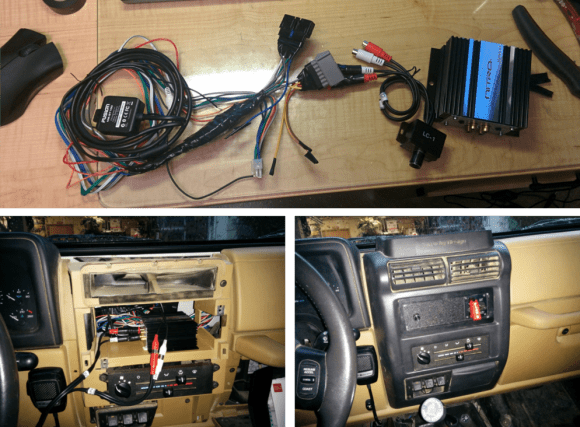The Engine Control Unit is a vital part of every car made in the last 40 years or so, but unlike just about every other electronic device, open source solutions just don’t exist. [Andrey] is trying to change that with rusEfi, a project that hopes to bring together hardware, software, and engines in one easy to use package. He’s even designed Frankenstein, a full ECU ‘shield’ for the STM32F4 Discovery dev board.
This isn’t the first time we’ve seen [Andrey]’s adventures in building an ECU. An earlier board was also powered by the STM32F4 Discovery, and he actually drove his 96 Ford Aspire around using this homebrew ECU. It was only firing on two cylinders, but that was only a loose solder connection.
Of course building an ECU from scratch is worthless without the proper firmware that balances and engine’s fuel economy and performance. This sort of testing must be done empirically and [Andrey] has a Kickstarter going for the development of this firmware and some dyno time. No rewards, but it’s worth chipping in a buck or two. I did.
Videos below.
Continue reading “Frankenstein, The Open Source Engine Control Unit”

















